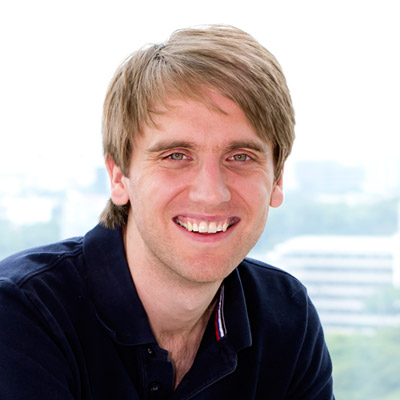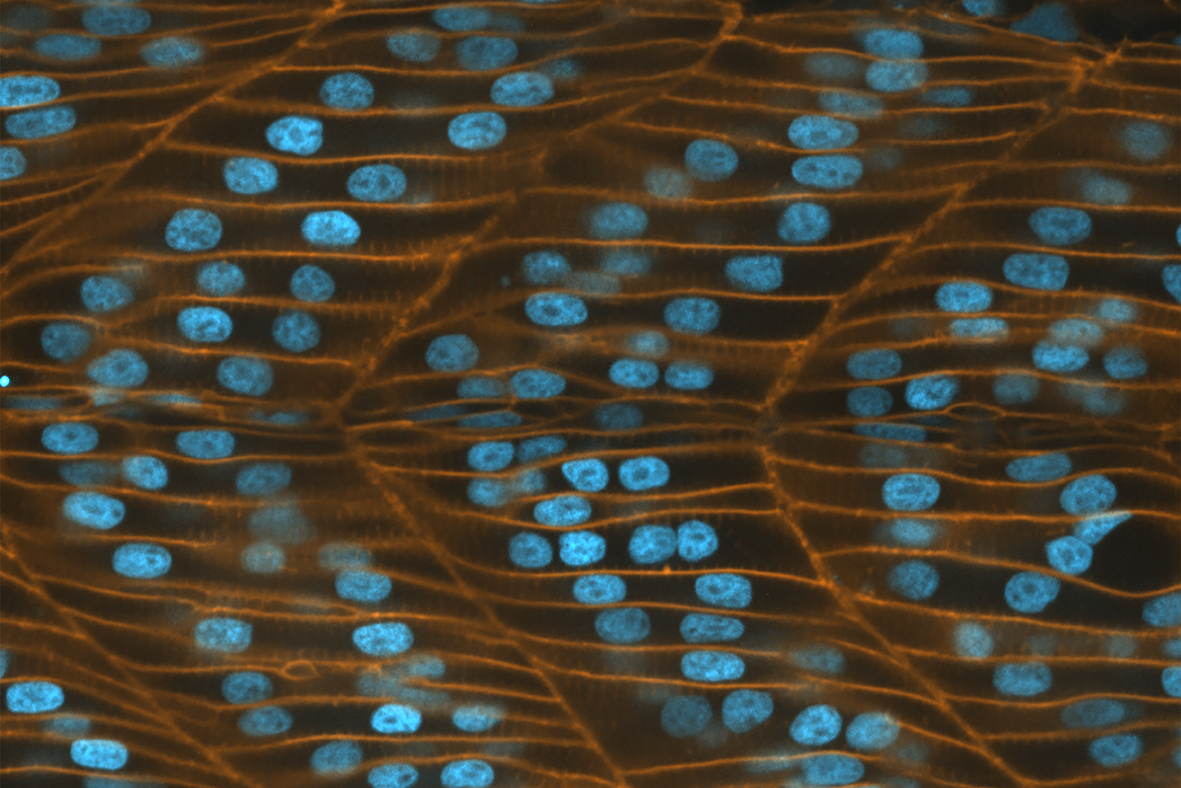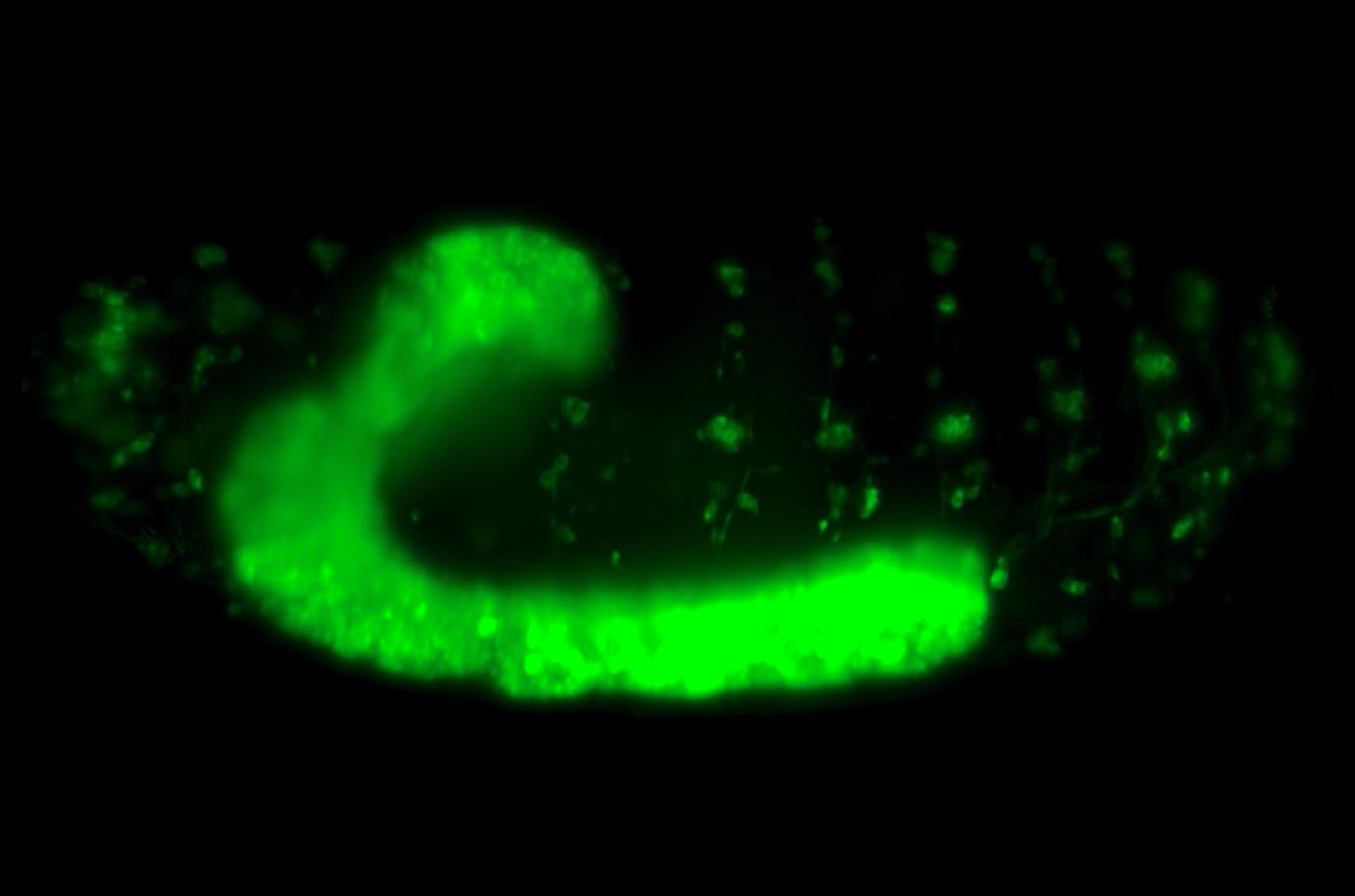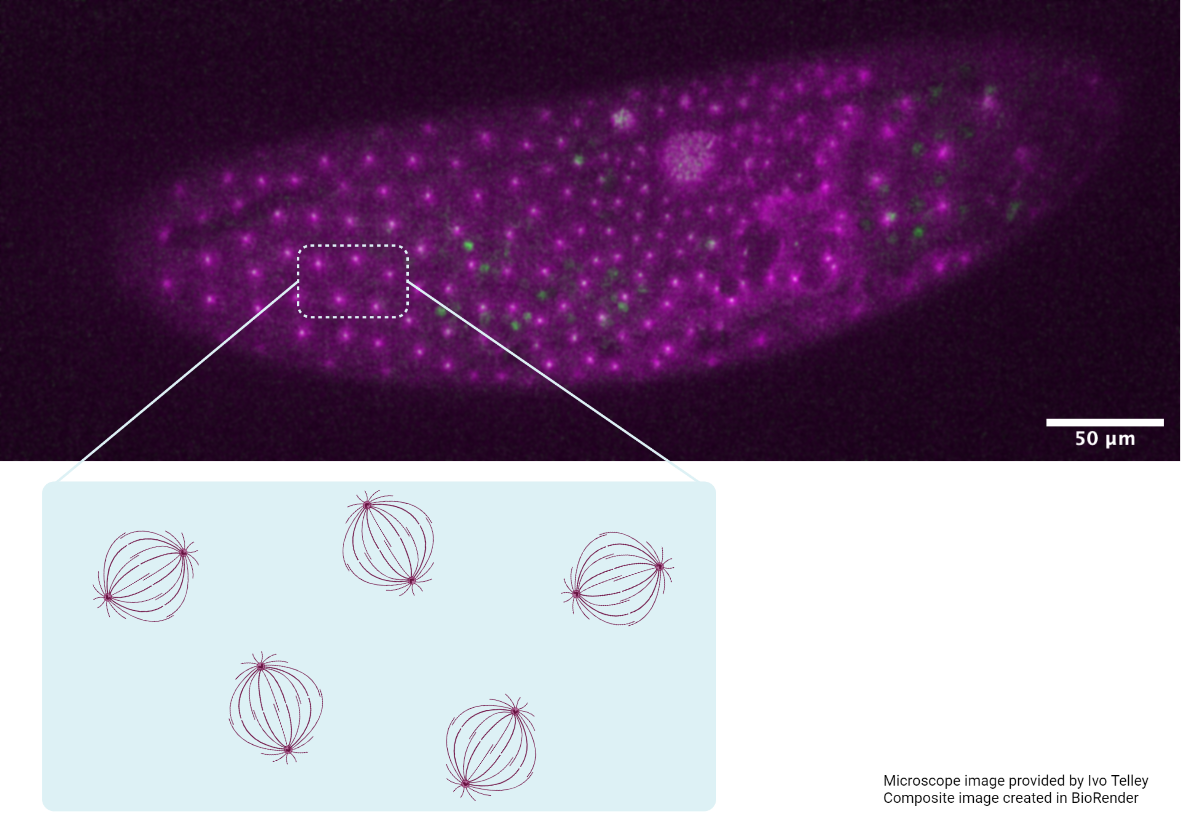Modeling Concentration Gradients
Timothy Saunders | February 2015
MBI Principal Investigator, A/Prof Tim Saunders, recently published a paper describing a new theoretical model of cluster-mediated concentration gradient formation.
Physical Review E (Aggregation-fragmentation model of robust concentration gradient formation, Phys. Rev. E, 91, 5 February 2015, dx.doi.org/10.1103/PhysRevE.91.022704).
Clustering drives formation of subcellular morphogen gradients
During development, stem cells determine their fate based on their location and surroundings. In the same way as the increasing depth of a swimming pool informs whether you stand or float, biology uses concentration gradients of proteins and chemicals called morphogens to provide positional information to the cell. A good example is in the vertebrate embryo, where the sonic hedgehog protein morphogen gradient drives patterning of the central nervous system.
As well as interpreting the external environment, single cells can also create and respond to their own internal, subcellular concentration gradients. These subcellular gradients have been observed in single cell organisms such as fission yeast, bacteria and at the single cell stage for larger organisms. In these subcellular systems, clustering of the signaling morphogens or their receptors has been observed, but the role of clustering in formation of a concentration gradient is still unclear.
Aggregation-fragmentation model of robust concentration gradient formation
MBI Principal Investigator, A/Prof Tim Saunders, recently published a paper describing a new theoretical model of cluster-mediated concentration gradient formation in Physical Review E (Aggregation-fragmentation model of robust concentration gradient formation, Phys. Rev. E, 91, 5 February 2015,http://dx.doi.org/10.1103/PhysRevE.91.022704).
A/Prof Saunders started with the Becker-Döring equations describing the processes of aggregation and fragmentation. By combining these equations with experimental data of yeast morphogen gradient formation and incorporating biophysical constraints, he was able to refine and validate a mathematical model that accurately produced robust concentration gradients. This new mechanistic model provides an updated framework for understanding how subcellular morphogen gradients are formed. Comparing this with our current knowledge on the formation of embryonic morphogen gradients could reveal new insights into development.









